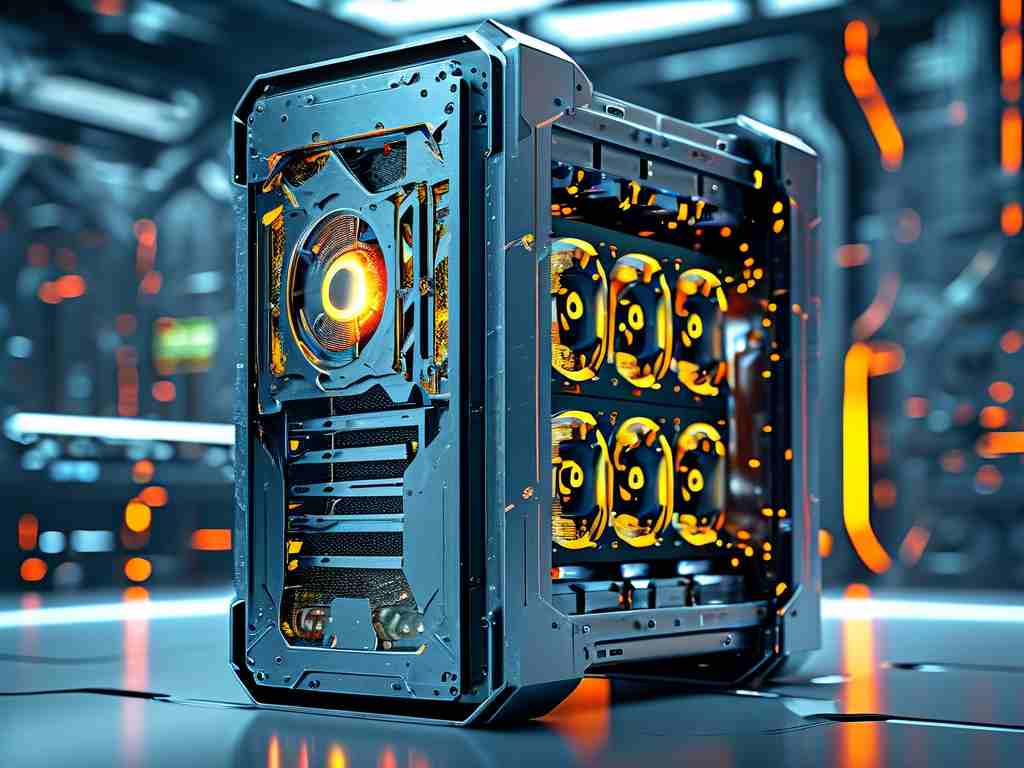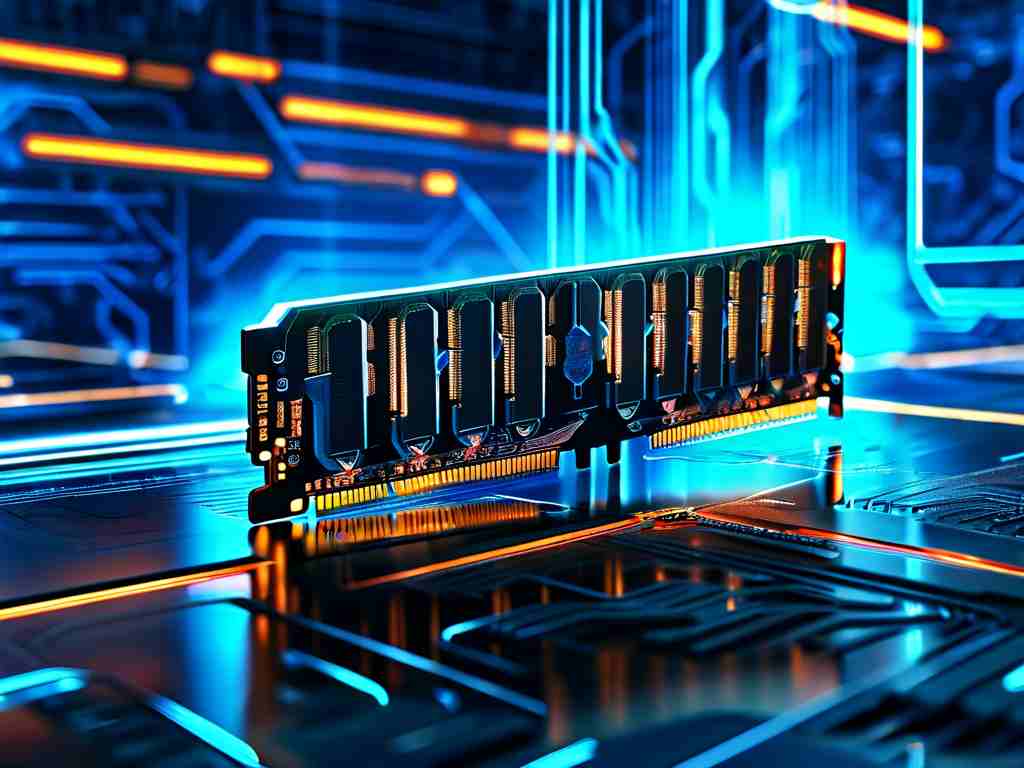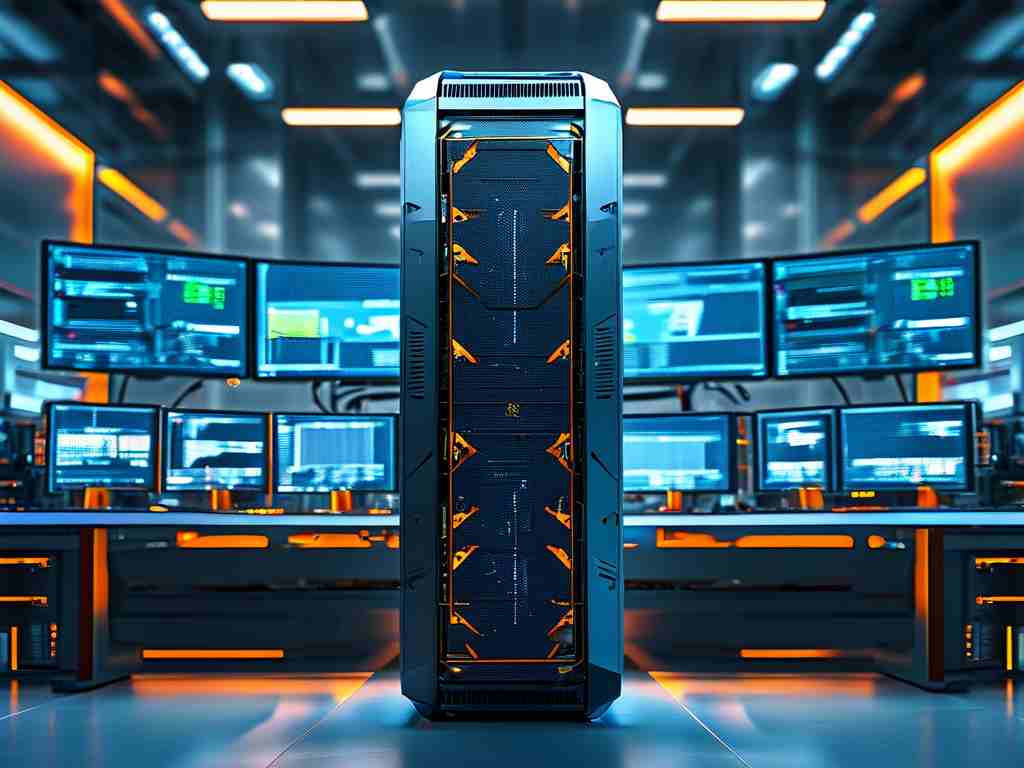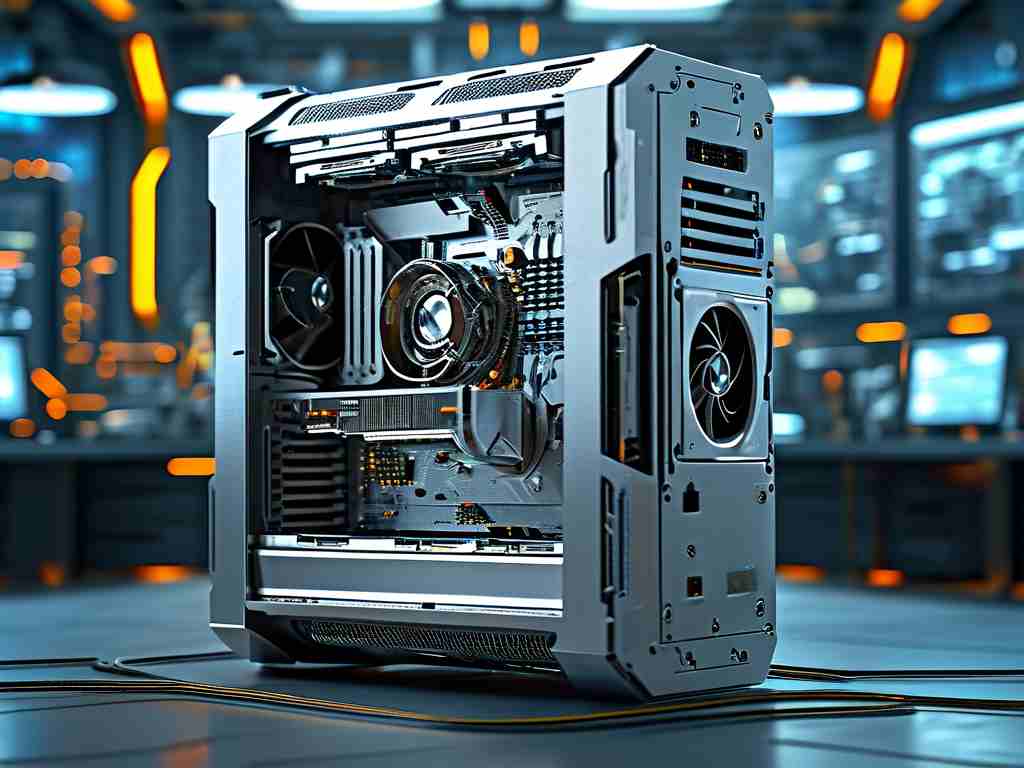The advent of 300TB memory computers marks a paradigm shift in computational capabilities, enabling organizations to tackle previously unimaginable data workloads. Unlike traditional systems constrained by RAM limitations, these behemoths leverage advanced distributed architectures and next-generation storage-class memory (SCM) technologies to redefine enterprise computing.

Technical Architecture Insights
At the core of 300TB memory systems lies a hybrid design combining DDR5 DRAM modules with persistent memory solutions like Intel Optane. This configuration enables sub-microsecond latency for active datasets while maintaining petabyte-scale addressable memory pools. A sample implementation using Linux HugePages demonstrates efficient memory allocation:
# Configure 1GB huge pages echo 1024 > /sys/kernel/mm/hugepages/hugepages-1048576kB/nr_hugepages
Industry Applications
- Genomic Sequencing Acceleration: Pharmaceutical firms now complete full human genome analysis in 12 hours instead of weeks, with systems like GenoMax 300T processing 50,000 DNA strands concurrently.
- Financial Risk Modeling: Real-time Monte Carlo simulations across 100 million market scenarios become feasible, reducing margin calculation errors by 83% compared to GPU clusters.
Operational Challenges
While promising, these systems demand specialized infrastructure. Power consumption averages 45kW per rack, requiring liquid immersion cooling solutions. Data coherence across NUMA nodes presents another hurdle – engineers report 22% performance degradation when exceeding 80% memory utilization without proper cache-line optimization.
Economic Considerations
The current $8-12 million price tag restricts adoption to Fortune 500 enterprises, though cloud providers like AWS and Azure are testing hourly rental models. Early adopters in seismic analysis report 14-month ROI through accelerated oil discovery, while academic institutions leverage NSF grants for climate modeling research.
Future Development Trends
Industry analysts predict three key advancements:
- Phase-change memory integration to boost density beyond 500TB
- Quantum-assisted error correction reducing ECC overhead by 40%
- Automated memory tiering systems using ML predictors
As Microsoft’s Project Silica demonstrates with glass-based storage, the convergence of material science and computer engineering will likely push memory boundaries further. However, software ecosystems must evolve in tandem – current database systems like SAP HANA already require custom patches to handle >50TB in-memory tables.
Implementation Case Study
The European Weather Centre’s deployment of 300TB systems reduced hurricane prediction windows from 9 hours to 28 minutes. Their custom MPI-based framework processes 2.4 exaflops of atmospheric data using memory-mapped I/O techniques:
import mmap
with open('weather_dataset.bin', 'r+b') as f:
mm = mmap.mmap(f.fileno(), 300*1024**4)
process_chunk(mm[offset:offset+chunk_size])
300TB memory computers represent more than incremental improvement – they enable fundamentally new computational methodologies. As costs decrease and software support matures, these systems will transition from exotic supercomputing artifacts to essential infrastructure for AI training, real-time analytics, and scientific discovery. The next five years will likely see memory capacities crossing the petabyte threshold, permanently erasing the line between storage and active memory.









